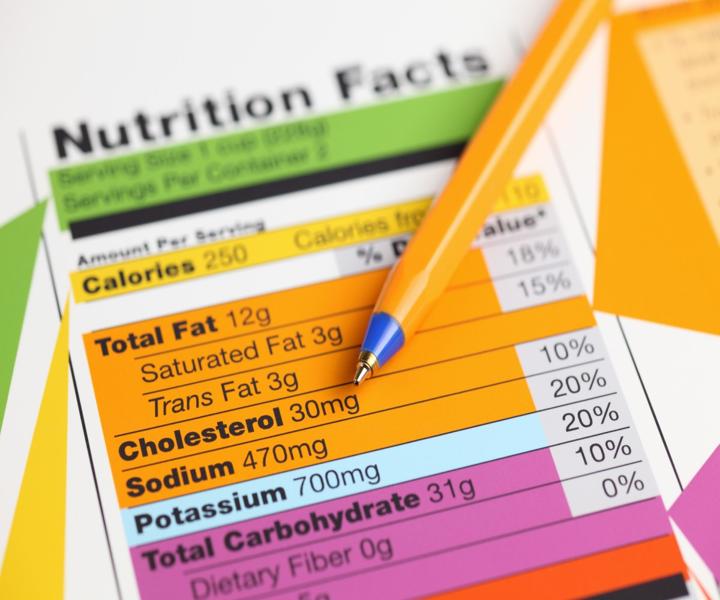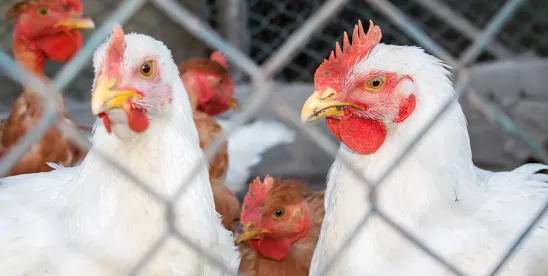Summary
The Federal Commission for Protection Against Sanitary Risks (COFEPRIS) announced that it will restrict the use of Red Dye No. 3 in processed foods. The measure follows the ban of the additive in the United States earlier this year.
COFEPRIS found that exposure to Red Dye No. 3, also known as eryth…
Source: Mexico Business News

AI News Q&A (Free Content)
Q1: What is Red Dye No. 3, and why is it used in food products?
A1: Red Dye No. 3, also known as erythrosine, is a synthetic dye used to impart a red-pink color to food products, cosmetics, and other industrial applications. It is the disodium salt of 2,4,5,7-tetraiodofluorescein. This dye is valued for its bright hue and stability, making it popular in processed foods and other products requiring consistent coloration.
Q2: What health concerns are associated with Red Dye No. 3, leading to its restriction by COFEPRIS?
A2: Red Dye No. 3 has been linked to potential health risks, including concerns about its carcinogenic properties. Studies have raised alarms about its safety, which has led to restrictions and bans in certain regions, including a recent ban in the United States due to concerns about its impact on health.
Q3: How does the restriction of Red Dye No. 3 by COFEPRIS reflect global trends in food safety regulations?
A3: The restriction aligns with a broader trend of regulatory bodies increasingly scrutinizing synthetic additives in foods. Many countries are reevaluating the safety of synthetic dyes, considering scientific evidence suggesting possible health risks. This reflects a global shift towards safer food production practices.
Q4: What alternative colorants are being considered or used in place of Red Dye No. 3 in food products?
A4: Manufacturers are turning to natural colorants such as beet juice, paprika extract, and turmeric to replace synthetic dyes like Red Dye No. 3. These alternatives are favored for their perceived health benefits and lower risk profiles, though they may not always offer the same color intensity or stability.
Q5: What regulatory frameworks are influencing decisions like COFEPRIS's restriction on Red Dye No. 3?
A5: Regulatory bodies like the U.S. FDA and the European Food Safety Authority (EFSA) provide guidelines on food additives, which influence decisions worldwide. COFEPRIS's actions reflect adherence to international standards and scientific evidence that prioritize consumer safety and health.
Q6: How do food manufacturers respond to ingredient restrictions such as those on Red Dye No. 3 in terms of product formulation?
A6: Food manufacturers often reformulate products to comply with new regulations, substituting restricted ingredients with safer alternatives. This may involve testing for taste, color, and shelf life to ensure that product quality remains consistent while adhering to safety guidelines.
Q7: What are the broader implications of restricting synthetic dyes like Red Dye No. 3 on public health policies?
A7: Restrictions on synthetic dyes can lead to a wider adoption of natural ingredients and transparency in food labeling. These policies promote consumer trust and encourage a shift towards healthier, more sustainable food systems, potentially reducing health risks associated with synthetic additives.
References:
- Erythrosine - Wikipedia
- PubMed - Red Dye No. 3 health effects
- COFEPRIS restricts Red Dye No. 3 in foods - Tavily Search





